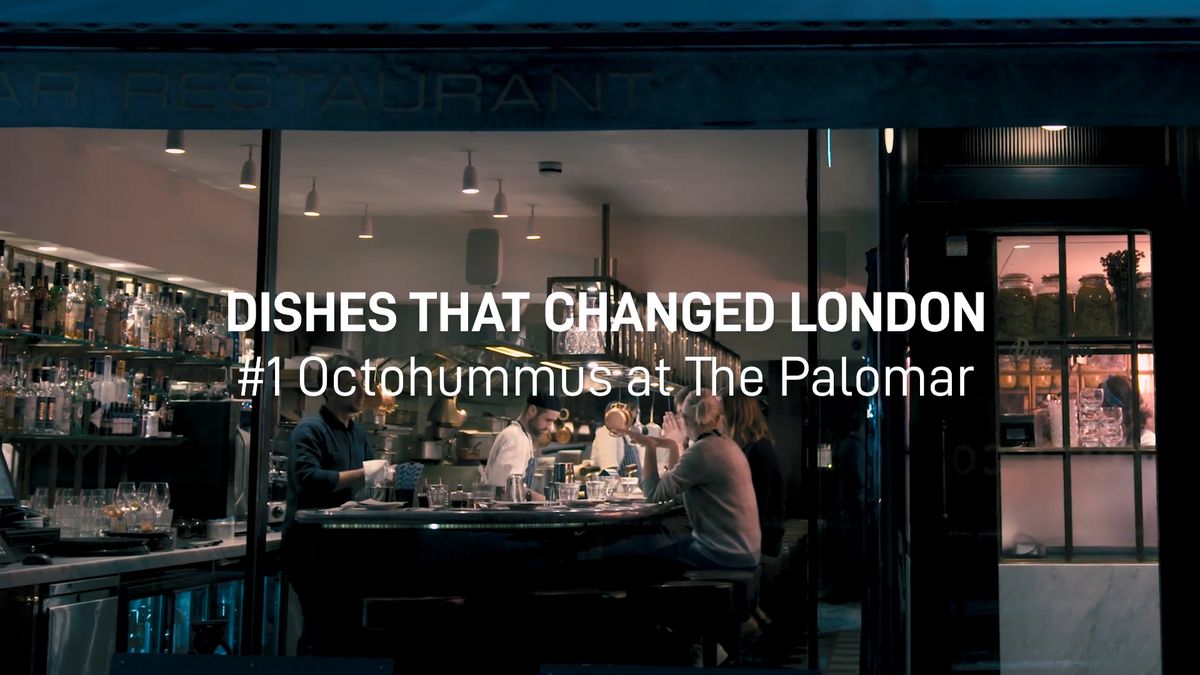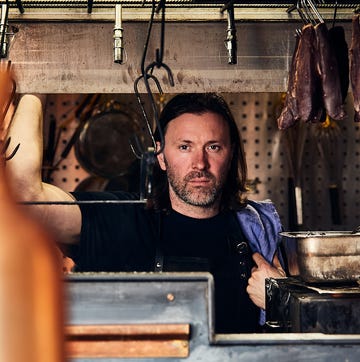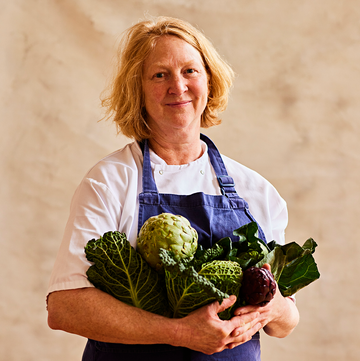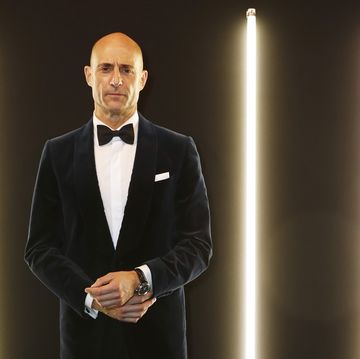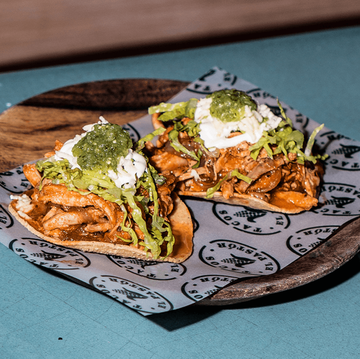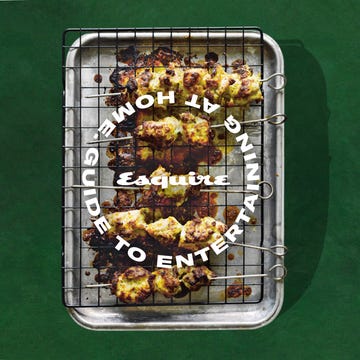Fergus Henderson is an unlikely gastronomic god. The proprietor of the legendary St John restaurant in London, and patron saint of umbles ("It would be disingenuous to the animal," he writes in Nose to Tail Eating, "not to make the most of the whole beast"), he is modest, softly spoken and splendidly eccentric, the pinstriped paragon of the truly civilised chef.
Not that he actually cooks in his restaurants any more. Diagnosed with Parkinson's in 1998, the tremor down the left side of his body made it impossible for him to man the stoves. "Parkinson's, small kitchens, knives — a bit dangerous," he once said with typical understatement. But following revolutionary deep brain stimulation, the tremors were tamed and are now all but imperceptible.
He trained as an architect, and though he has no formal culinary background, he worked at Smith's in Covent Garden and The Globe in Notting Hill before opening The French House Dining Room in Soho in 1992. St John in Smithfield followed in 1994. We sit down there, by the bar, the conversation oiled by a glass of Fernet Branca ("It has magical properties! You can follow it through your system. It hits the liver and soothes it… then the stomach, then the kidneys. As it makes its journey, it improves the humours. A miracle!") and a fat slice of seed cake.
ESQUIRE: What were you doing 25 years ago?
FERGUS HENDERSON: I was cooking at The French House, with my wife Margot. A happy time! Unlike other chefs, when we had a row in the kitchen we could kiss and make up, which was very handy. When I left to set up St John, Margot carried on. Now she has Rochelle Canteen, so we both have our own restaurants.
ESQ: How did St John come about?
FH: The space was available, it was waved under my nose and proved irresistible! It suited my thoughts of how a restaurant should be. It is hard to know whether I would have set up St John if we had not found this space…
ESQ: The St John diaspora is wide and wonderful. What do you think they learned while cooking with you?
FH:The confidence to follow their noses, to trust their instincts — it's realising that simple is not easy.
ESQ: The prose of the menu matches the minimalist elegance of the walls and can now be found in restaurants everywhere. Was that the intention?
FH: Sort of! The idea of the hooks on the walls is that as you hang your coats, you decorate the walls. And we don't allow music, as the glug of wine and the chatter is the music. When we serve the roast bone marrow and parsley salad, we present the elements, which you can construct as you please. It's self-assembly and evolution. In a similar way, the simplicity of the wording on the menu launches you into a conversation with the waiter… they are all springboards.
ESQ: St John is always described as "modern British". Yet there's a clear Italian influence, too. The opposite of "meat and three veg".
FH:Certainly! But firstly — it is not modern British, it is permanent British! It is not an olde-worlde, rose-tinted view of the past, nor is it plucking senselessly from around the world. I was brought up on Marcella Hazan and that Italian way of cooking used to be how everyone cooked — cook what is near to you and in season. Nature writes your menu.
ESQ: You're known as the godfather of new British cooking. Is that a description that fills you with glee? Or gloom.
FH: I don't think about it. But if it helps to spread the word, then I'm happy. Don Fergus!
ESQ: Is British food in fine fettle?
FH: Here's my cabbage theory. There's a smugness to London, we think we are the culinary centre of the world. But if you go out for the evening with trendy young Italians, they will spend the entire night talking about radicchio. Now, when broody young Londoners can spend a whole night talking about cabbage, then we will have really cracked it.
ESQ: Lunch or dinner?
FH:Lunch, of course! The body is in perfect condition for lunch. One has an apéritif, it starts a chain reaction and everything collides in the perfect moment. It spells potential — anything can happen after lunch! Whereas at dinner you are tired, and it forms a full stop to the day.
ESQ: Does the use of mobile phones irk you?
FH: Yes! It is suggesting that [people] are being inconvenienced by lunch, which is entirely the wrong attitude, not the way to approach lunch at all. People only like the smell of their own farts, apparently. In the same way, people seem to like the sound of their own ringtones.
ESQ: Strange shaped plates? Slate? Bread served in flat caps?
FH: Don't do it! A round white plate is a perfect thing to eat off, whereas a square plate with an "arrangement" at its centre is so uncomfortable, as is slate. Sometimes these things are born out of a restaurant's desperation — they distract from the food, which I feel is often the intention.
ESQ: Favourite restaurants?
FH: In London, Sweetings. Their plaice, chips and peas with a bottle of chablis is a perfect lunch. La Bombeta, or Bar La Bomba, in Barcelona. Everything's cooked with lard and garlic, which is brilliant, because lard and garlic are wonderful. Trattoria Sostanza in Florence, a temple to grilling meat. Of all the cuts, the beef steak Florentine is my favourite, a joyous thing from a white cow farmed in a valley somewhere in Chianti. Usually you have this very rare and will be chewing for hours, but it is just the right amount of chew. It's a perfect piece of meat. In Paris, Chez Georges.
ESQ: Five ingredients you love?
FH: Parsley, garlic, lemon juice, bread, bacon.
ESQ: Any views on the perfect martini?
FH: I'm quite particular about my martinis! Always Tanqueray (but not No10). Painfully dry, painfully cold, and straight up. But do not make the mistake of having more than one before lunch — two means that you become too relaxed and slip too easily into the third — disaster! But it's tricky to resist, because martinis are like breasts. One is not enough, three are too many, two are perfect.
The special 25th anniversary of Esquire is out now


